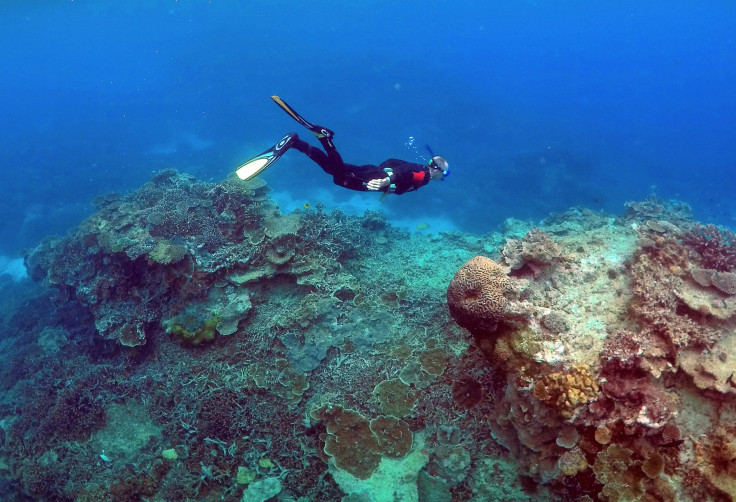Great Barrier Reef Survived Five Near-Death Events Over 30 Millennia

An international study exploring the evolution of the Great Barrier Reef in Australia revealed the world’s largest reef system has suffered as many as five near-death experiences over last 30,000 years.
During this period, the reef witnessed all sorts of problems such as abrupt changes in the environment, rise and fall in sea levels and associated temperatures, and an increase in sediment.
Though all these issues threatened the reef, the 10-year long study revealed it remained more resilient against environmental changes than previously thought and highly-sensitive to sedimentary changes and water quality.
To understand the evolution of the reef system over 30 millennia, the team collected geomorphological, sedimentological, biological and geochronological information from 16 fossil reef cores across North Queensland, Australia.
The data revealed sea levels declined progressively in the time before the “Last Glacial Maximum” and the reef suffered two major death events — 30,000 and 22,000 years ago. Mainly triggered due to exposure to air, these events prompted the reef to move seaward in order to survive and cope with the falling sea levels.
However, following glacial maximum 20,000 years ago, the deglaciation period began and the sea levels started increasing. This rapid change instigated the next two near-death experiences for the reef some 17,000 and 13,000 years ago. In this case, however, the reef moved landward in order to survive.
The final reef-death event happened some 10,000 years ago, but not due to sea level increase or decrease. As the researchers said, in this particular case, the reef was plagued by massive sediment increase, poor water quality, alongside the general rise in sea levels.
“The reef has been able to bounce back from past death events during the last glaciation and deglaciation,” Jody Webster, lead author of the study, said in a statement. “However, we found it is also highly sensitive to increased sediment input, which is of concern given current land-use practices.”
The authors of the work stressed recovery was successful in the past due to the continuity of reef habitats with corals and coralline-algae and the ability of the reef to migrate around one meter every year. However, they believe this pace won’t be enough to cope with the challenges the reef currently faces.
“I have grave concerns about the ability of the reef in its current form to survive the pace of change caused by the many current stresses and those projected into the near future,” Webster said in the statement.
He added it was unlikely the reef would be able to deal with the current rate of rise in sea surface temperatures and acidification, fall in the coverage of coral and the alarming scale of bleaching.
“Our study shows that as well as responding to sea-level changes, the reef has been particularly sensitive to sediment fluxes in the past and that means, in the current period, we need to understand how practices from primary industry are affecting sediment input and water quality on the reef.”
The study titled, "Response of the Great Barrier Reef to sea-level and environmental changes over the past 30,000 years," was published May 28 in the journal Nature Geoscience.
© Copyright IBTimes 2024. All rights reserved.





















